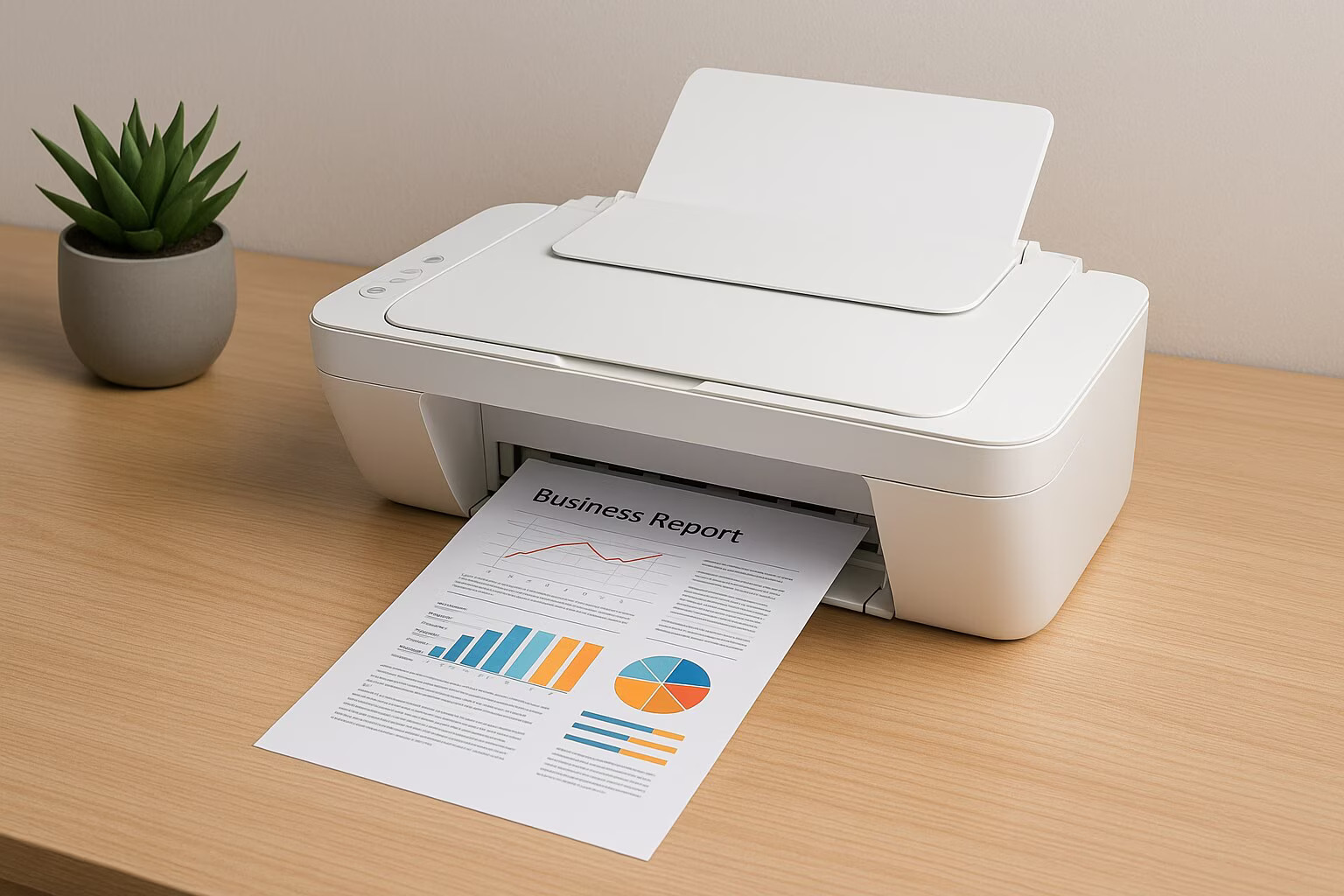
By TJ Newberry, CEO of VerifyFirst
Introduction: The New Era of Digital Trust
In today’s fast-evolving digital economy, creators, freelancers, and online businesses are rethinking how they establish trust. Traditional verification tools like notaries, signed contracts, and even centralized file repositories no longer meet the demands of a world where digital assets can be forged, altered, or stolen with a few clicks.
Instead, many are turning to blockchain-backed timestamping to create tamper-proof, independently verifiable proofs of existence. These digital proofs—anchored in public blockchains like Bitcoin—ensure that creators can confidently claim: “This existed. I created it. Here’s the evidence.”
A recent Deloitte study found that 86% of businesses see blockchain as a scalable solution for securing sensitive records and documents.
The Problem with Traditional Verification
Trust, historically, has been delegated to third-party institutions: legal notaries, registrars, and email servers. But these systems are:
- Expensive
- Time-consuming
- Vulnerable to tampering
Even more troubling is that AI-generated content and deepfakes have blurred the line between real and fake. It’s no longer enough to say “I wrote this” or “This was mine first”—you must prove it, cryptographically.
Blockchain Timestamping: A Trustless Solution
Timestamping a document via blockchain means creating a cryptographic hash of that file (a digital fingerprint) and embedding it in the Bitcoin blockchain. This timestamp proves:
- The document existed at a specific time.
- The document hasn’t been altered since.
- No centralized authority can falsify or remove this proof.
Services like OpenTimestamps laid the groundwork for this approach. But for professional creators, it’s only the beginning.
VerifyFirst: Business-Grade Trust on Top of Bitcoin
VerifyFirst builds on this foundation, transforming raw blockchain timestamping into a business-grade verification framework.
Here’s how VerifyFirst enhances standard timestamping:
1. Expiration Dates and Revocation
Most timestamping platforms offer one feature: permanence. But what if you want temporary validity, like a non-disclosure agreement that expires in 12 months?
With VerifyFirst, timestamps can be revoked or expire automatically, giving businesses granular control over contracts, licenses, and access-based documents.
2. Dual Authentication System
Every document registered with VerifyFirst receives:
- On-chain verification (anchored in Bitcoin)
- Off-chain verification via the VerifyFirst database
This hybrid model provides redundancy and control. Even if someone checks the blockchain directly, your timestamp holds up. With VerifyFirst, you retain business version history.
3. Dual Document Authentication via Cover Letter Technology
Using VerifyFirst’s Cover Letter Technology, users can pair a document with a contextual declaration (e.g., ownership claim, usage intent, licensing terms). Both documents are hashed separately, and both are recorded—providing rich, layered proof of digital authorship and purpose. Both files must be submitted together to prove verified.
This is invaluable for intellectual property, freelance contracts, terms of use, and even creative pitch decks.
Real-World Use Cases
Intellectual Property Protection
Creators timestamp their original content (articles, artwork, music, code) the moment it’s finished. If a copycat appears later, they can prove—cryptographically—that their version predates it.
In 2022, the World Intellectual Property Organization (WIPO) acknowledged blockchain timestamping as a legitimate form of prior art documentation for patent disputes.
Legal, Financial, and Healthcare Compliance
Regulated industries often require proof of when a document was issued and if it was still valid at a given time. Expirations, revocations, and immutable timestamps enable compliance-ready digital trails for everything from patient consent forms to investor memos.
Simplicity and Cost Efficiency
With VerifyFirst, users don’t need legal intermediaries to protect their work. It’s fast, affordable, and accessible via an intuitive dashboard or API integration into third party business systems.
Conclusion: Trust Is Being Rebuilt—Without Intermediaries
As we move deeper into the age of digital assets, trust must evolve.
VerifyFirst represents the next generation of digital verification—a system that’s tamper-proof, time-bound, transparent, and tailored to modern business needs. It doesn’t just anchor your documents to the blockchain—it empowers you with tools for real-world usage. By embracing blockchain-based timestamping with VerifyFirst, smart creators aren’t just protecting what they’ve built. They’re defining the future of digital trust.






